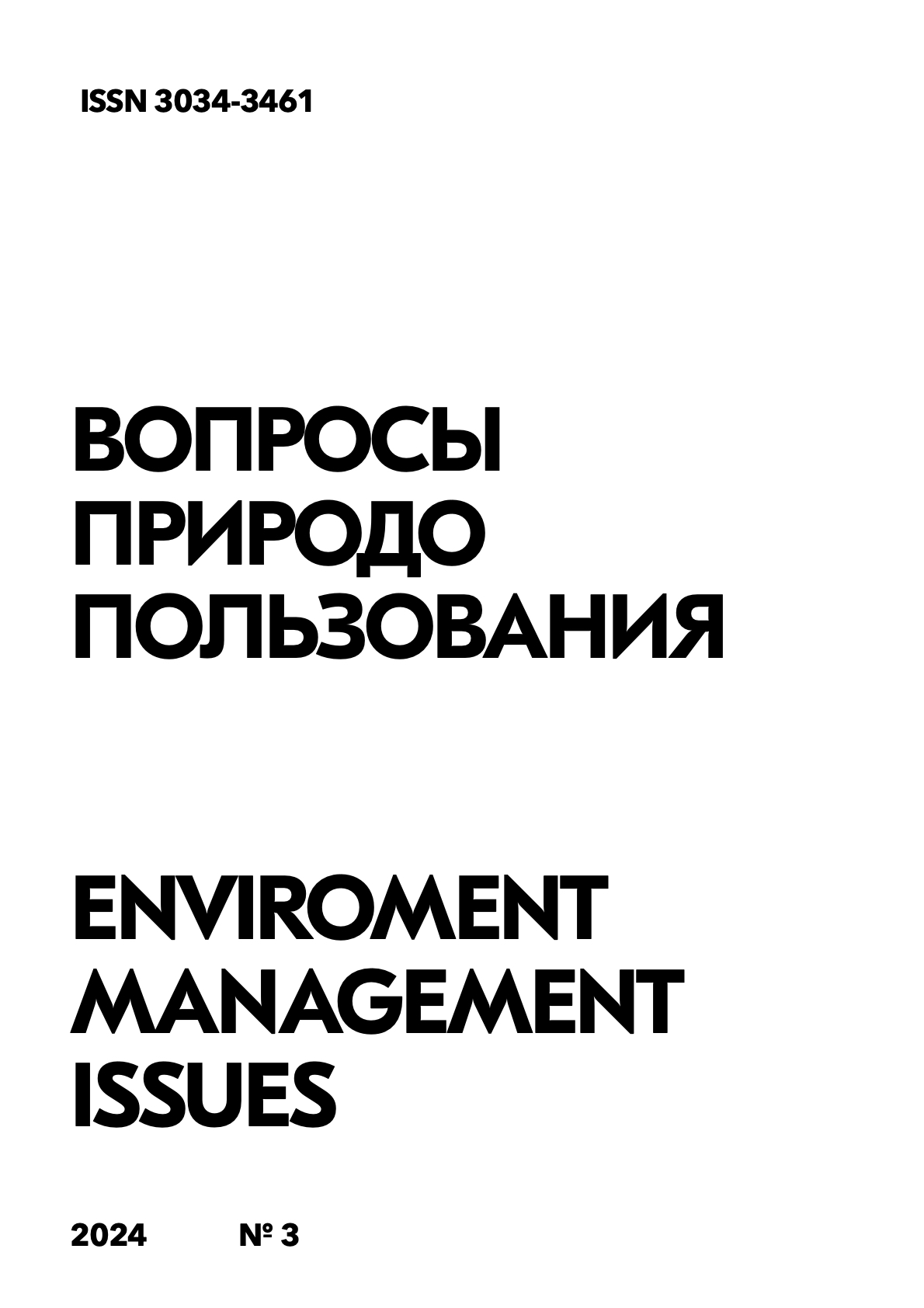Histological changes in tissues in autoimmune diseases: pathogenetic mechanisms and morphological manifestations
Keywords:
mechanisms, circulation, cells, secretion, lymphocytesAbstract
Autoimmune diseases are characterized by a malfunction of the immune system, in which it attacks the body's own tissues. Histological studies, which allow for the identification of structural changes in affected tissues, play a key role in understanding the pathogenesis of these diseases. In this study, an analysis of histological changes in tissues affected by autoimmune diseases was conducted. Methods of light and electron microscopy were used for detailed study of morphological changes. Additionally, immunohistochemical methods were applied to assess the expression of specific markers of inflammation and cellular interactions. The study showed that autoimmune diseases cause significant changes at the cellular and tissue levels. The main morphological manifestations are tissue infiltration by immunocompetent cells, destructive changes in cellular structures, and elements of fibrosis. In particular, multiple foci of necrosis and interstitial fibrosis were observed in systemic lupus erythematosus. In rheumatoid arthritis, pronounced inflammatory infiltrates with a predominance of lymphocytes and macrophages were identified. In tissues affected by autoimmune thyroiditis, a significant increase in the number of follicular cells and destruction of colloid were noted. The data obtained confirm the hypothesis that histological changes in autoimmune diseases are caused both by the direct damaging action of autoantibodies and by mediated mechanisms of inflammation. The identified morphological features can serve as markers of disease activity and help in the diagnosis and prognosis of the disease course. Histological studies of tissues in autoimmune diseases allow for a deeper understanding of pathogenetic mechanisms and the identification of key morphological changes, which, in turn, contributes to the development of more effective methods of diagnosis and therapy for these diseases.
References
Авозметов Ж.Э., Хасанова Д.А. Особенности гистологического строения поджелудочной железы крыс при введении ГМО-продукта // Новый день в медицине. 2021. № 3(35). С. 392-397.
Бакунина Н.А., Федоров А.А., Балашова Л.М., Салмаси Ж.М. Морфологическое обоснование патогенеза закрытоугольной глаукомы // Клиническая медицина. 2021. Т. 99. № 3. С. 198-202.
Жуков А.И., Ятусевич А.И., Сарока А.М., Захарченко И.П. Патоморфологические изменения у индеек под влиянием паразитоценоза гетеракисов и гистомонад // Ученые записки учреждения образования Витебская ордена Знак почета государственная академия ветеринарной медицины. 2021. Т. 57. № 1. С. 28-34.
Муслимов С.А., Корнилаева Г.Г., Соловьева Е.П. Иммуноморфологические аспекты патогенеза глаукомы // Медицинский вестник Башкортостана. 2021. Т. 16. № 4(94). С. 70-74.
Плескановская А.С., Оразалиева А.М., Ламанова Д.Б. Некоторые иммуноморфологические характеристики тиреопатологии // Международный журнал прикладных и фундаментальных исследований. 2022. № 9. С. 19-23.
Трубицына И.Е., Дубцова Е.А., Абдулатипова З.М. Участие эндо- и экзоантигенов в развитии аутоиммунной реакции // Экспериментальная и клиническая гастроэнтерология. 2022. № 8(204). С. 113-118.
Формозова М.А., Бурлакова С.А., Сказываева Е.В., Скалинская М.И. Внепеченочные проявления при аутоиммунных заболеваниях печени // Гастроэнтерология Санкт-Петербурга. 2022. № 1-2. С. 33-34.
Хамраев О.А., Исраилов Р.И., Косимхожиев М.И. Простата бези ўрта бўлаги стромасининг склерозланиш механизми ва патоморфологияси // Tibbiyotda angi Kun. 2023. № 1(51). рр. 20-24.
Published
How to Cite
Issue
Section
License

This work is licensed under a Creative Commons Attribution-NonCommercial-NoDerivatives 4.0 International License.




